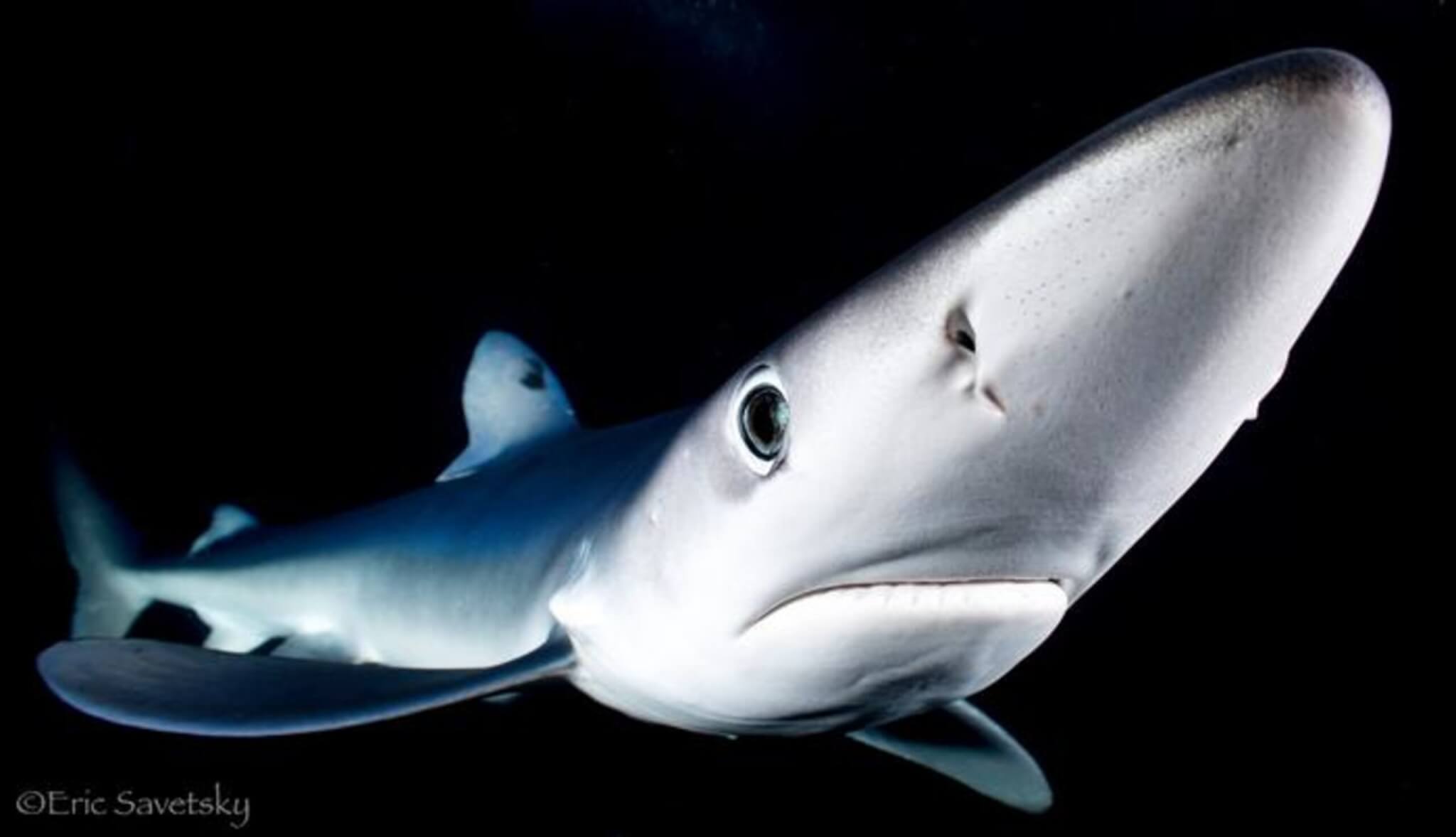WOODS HOLE, Mass. — We have always been fascinated seeing sharks breach the water’s surface in a spectacular display of power while watching “Shark Week.” But, why do these large marine predators then dive back down into the deepest and darkest part of the sea? Scientists from Woods Hole Oceanographic Institution (WHOI) reveal these creatures frequently venture into the deep ocean, particularly the mesopelagic zone, which lies between 200 to 1,000 meters beneath the sea’s surface.
This crucial habitat has been largely overlooked as a home for large predator species.
The study involved an extensive collection of data from various scientific partners. Researchers synthesized information from electronic tags, shipboard sonar, Earth-observing satellites, and ocean models to assess the ecological importance of deep diving for large pelagic predators. The study also highlighted the significant ecosystem services provided by a healthy mesopelagic zone.
“No matter what top predator you look at, or where you look at them in the global ocean, they all spend time in the deep ocean,” says study author Camrin Braun, an assistant scientist at WHOI, in a media release. “All of these animals that we think of as being residents of the surface ocean, use the deep ocean way more than we previously thought.”
Diel Vertical Migration
The study relied on data from 344 electronic tags, tracking these creatures for 46,659 days across 12 species in the North Atlantic Ocean, including white sharks, tiger sharks, whale sharks, Yellowfin tuna, and swordfish, among others.

The fish’s diving patterns, recorded by the tags, were matched with sonar data depicting the daily movements of the deep scattering layer (DSL). The DSL is a zone densely populated with small fish and marine organisms, so packed that early sonar users once mistook it for the ocean floor. During the day, DSL inhabitants reside in the mesopelagic zone, but at night, they swim to surface waters to feed. When the sun rises, they descend back to the twilight zone — a phenomenon known as Diel Vertical Migration, which WHOI scientists have been studying for years.
“When we looked at this specific process from different perspectives, from the diving and the acoustics together, seeing that everything was falling into place was very exciting,” notes study co-author Alice Della Penna, collaborator at the University of Auckland in New Zealand.
While some species adhered to expectations of diving to feed, there were intriguing deviations. For instance, swordfish followed the Diel Vertical Migration pattern meticulously, but others displayed unexpected behavior, diving to greater depths than anticipated. This led to questions about the reasons behind these deep dives, with previous research suggesting they may serve purposes like predator avoidance or navigation.
“Sharks and tunas are evolutionarily a long way apart with very different sensory systems. And yet still both of those groups find that it’s worthwhile to do that type of behavior,” says study co-author Simon Thorrold, fish ecologist at WHOI, emphasizing the potential for these creatures to transport significant amounts of carbon dioxide from the surface to the deep ocean, contributing to an ecosystem service not yet quantified.
Protecting Our Planet’s Shark Population
The study underscores the importance of preserving the mesopelagic, which is crucial for many commercially fished species. The paper warns against hasty fishing or extraction activities in this ecosystem, given the overlap in fishing efforts, expected climate-induced changes, and the potential extraction of mesopelagic biomass — all of which could endanger this vital ecosystem.
“We’re finding that the mesopelagic is providing an important support for other parts of the ocean,” explains Della Penna. “If we start to exploit these mesopelagic ecosystems before we know how they work, there’s a really big risk of causing damage that is not easily reversible.”
The study is published in the journal Proceedings of the National Academy of Sciences.
